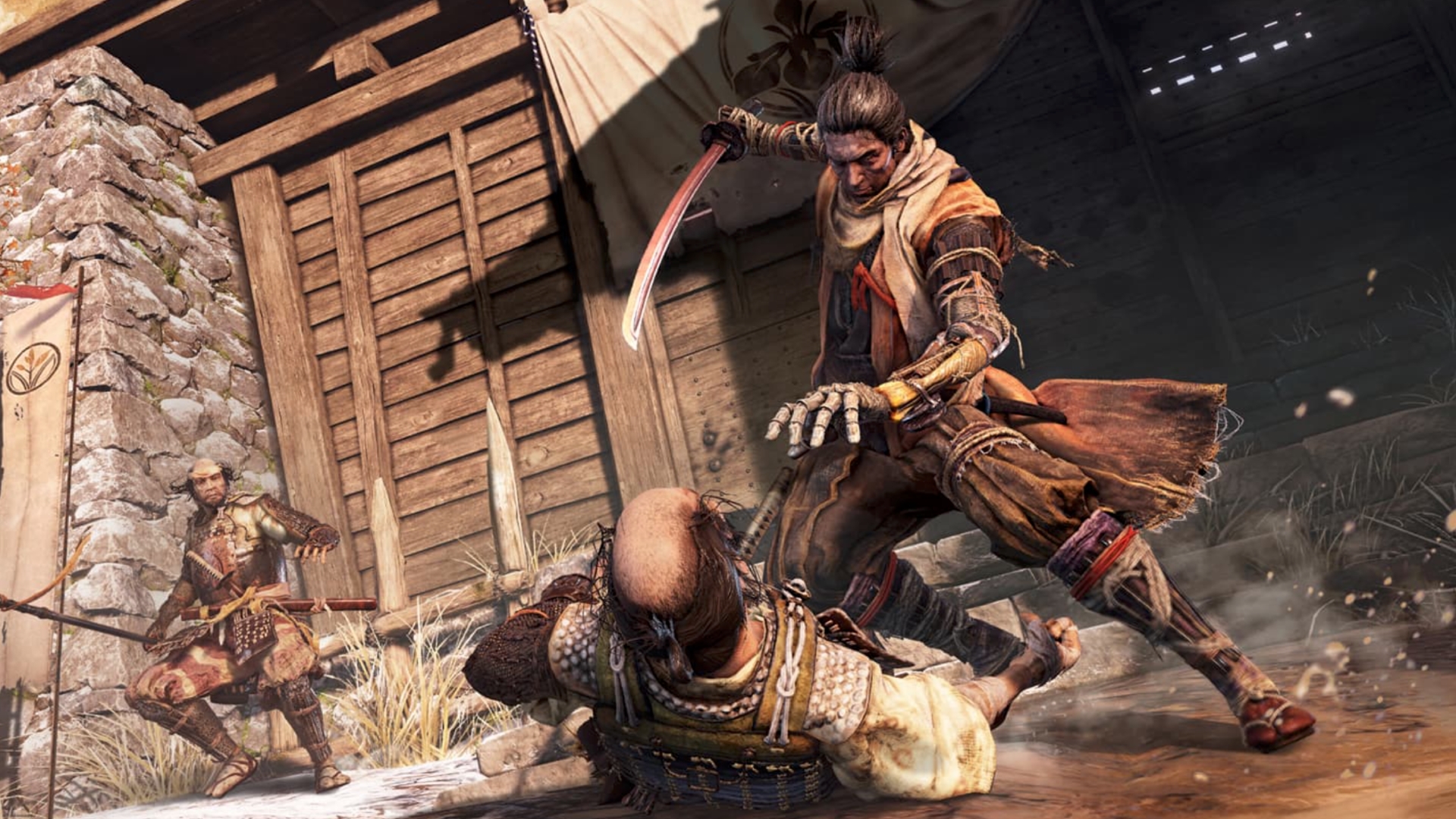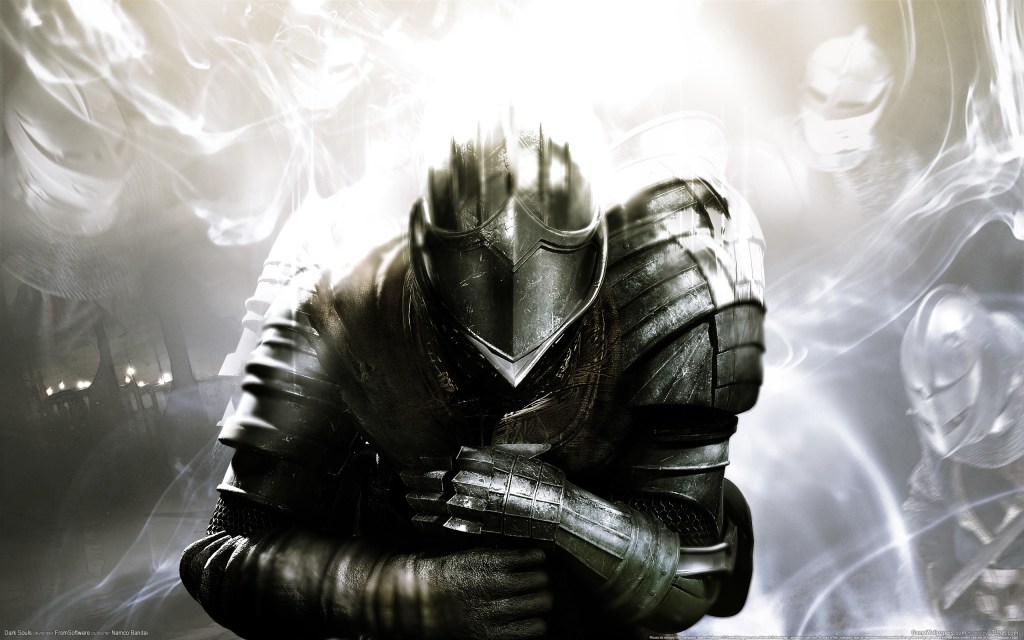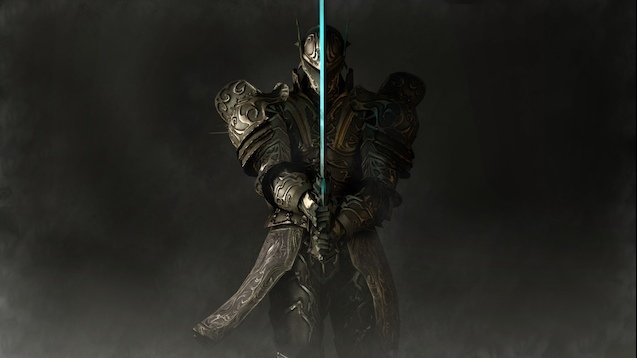
Nowadays, Dark Souls is a franchise that doesn’t need introduction. You already know how it goes: precise combat, breath-taking bosses, “you died” here and there, a despairing fantasy world, charismatic NPCs (praise the sun, bro!), and memes. Lots of memes everywhere. It’s pretty interesting to see how it became the successful series it is, because it has all the elements of a niche video game—old school mechanics and Japan all around it. Today, the words “Dark Souls” are used to illustrate and compare other games with similar mechanics, or just to name everything you want—showing your top tier journalist skills. A funny thing: this story didn’t start with Dark Souls.
It all started nine years ago, with a PS3 exclusive game called Demon’s Souls. A game which came out of nowhere—despite being inspired in King’s Field. Demon’s created a “subgenre” for RPGs and was a big hit in the video game industry. It all happened in a time when there wasn’t any of the saga’s “elite gaming fandom,” full of toxic attitudes toward newcomers in the series, disrespectful commentaries to gamers who find it difficult or even don’t like the game, “git gud” and other bullshit. What a time to be a gamer, right? Everyone behaving like they are stupid fourteen years old on the internet. Let’s focus on the fantastic Demon’s Souls for a moment.
A Hollow World

First you created your own character, choosing the ugly nose that you preferred and then its class. The tutorial was quite similar to the ones you may have played in the other entries. It gave you a first look on the combat mechanics and the general feeling of the world around you. When you reached a certain part of the level, the first boss in the series appeared, and it (probably) slaughtered you in the first try. When you died, you didn’t respawn in the same area, but in a new place full of mystery, next to a blind woman who said “Umbasa” and a devastated man sitting on a stair.
This was the Nexus, the place that linked all the worlds in your upcoming journey. There were five archstones that transported you to five completely different areas, every one of them with a unique atmosphere, type of tough enemies, traps and ways of reaching new places. The world wasn’t all connected in a “single” map, like Dark Souls did—it’s more like Dark Souls III’s and Bloodborne’s hubs. And it wasn’t necessary: you can learn invaluable lessons on how to create entertaining and clever levels if you travel across these areas. A terrific work in level design that still feels as good as it did back then.
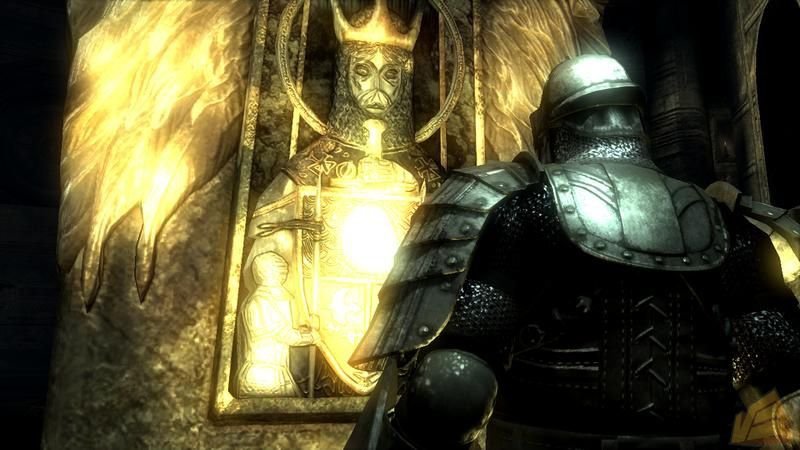
Paint It Black
Demon’s Souls had a unique mechanic that none of its younger brothers has: World Tendency and Character Tendency. Every decision or action you made in any of the five locations—like killing specific NPCs or just dying—affected your tendencies. They moved from White to Black or viceversa, and they changed the type of enemies that appeared, the difficulty of them, the loot and even other secrets. It might not sound very dramatic by just reading it, but when you played with the tendencies in mind, the game transformed. Your way of living the journey changed a lot, and it was an exciting mechanic to keep an eye on. Not to mention, it’s a mechanic you needed to master if you wanted to obtained all the weapons, rings, clothes, spells and miracles.
There were special online events, like “Pure Black Tendency” weekend, which could helped you a lot or made you want to play offline—Pure Black Tendency made the game much harder, with incredible strong enemies.
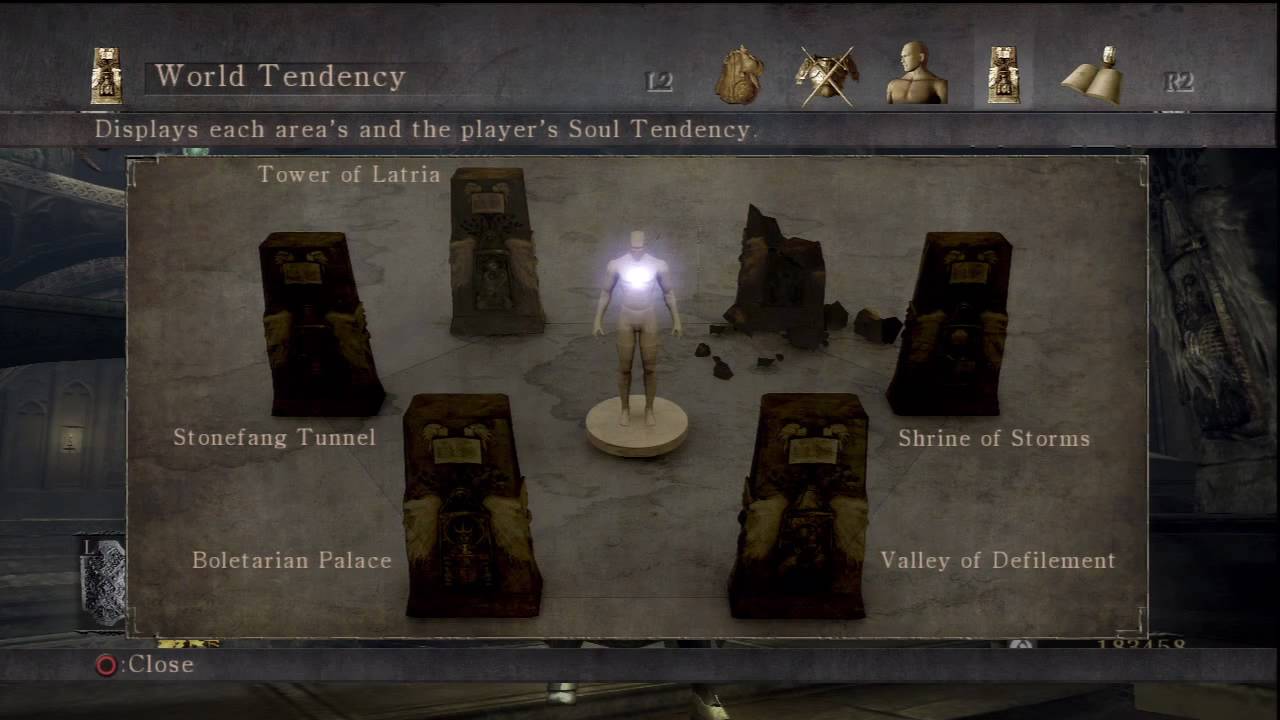
Making Checkpoints an Art
There wasn’t something called “bonfire” yet. Instead, you used “archstones,” just swords into stones—no fire. In DS III you have a number of options when you are sitting next to your beloved campfire. Back in the days, things were much simpler: you could only return to the Nexus. Yes, there wasn’t crafting, leveling-up or whatever. They also worked as checkpoints, but here comes the interesting thing: there were archstones only at the beginning of each world and after you defeated a boss.
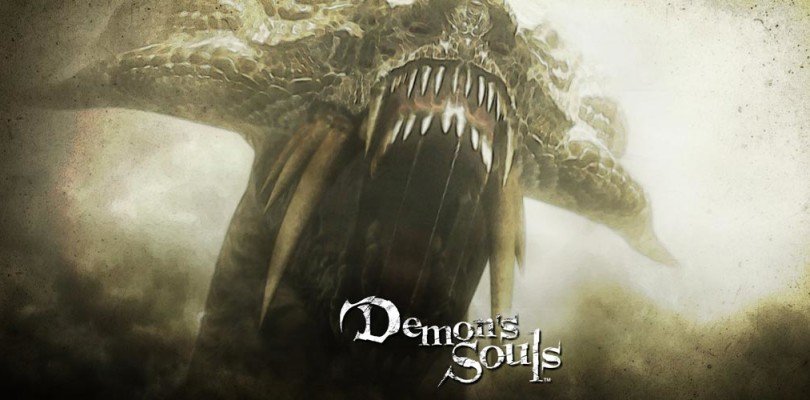
When you think about it, it’s a drastic difference with how bonfires are displayed today, because it means you always needed to defeat the boss to be able to respawn in another place. It was challenging, because the levels weren’t shorter than the ones you play these days in the series. Sure, there were narrows paths, but if you didn’t activate them, you had to do all the way from the beginning. It was a decision that also changed how the maps were created, and the structure of them. They needed to feel entertaining and difficult but also doable, or you would feel frustrated all the time.
Recover Your Souls!
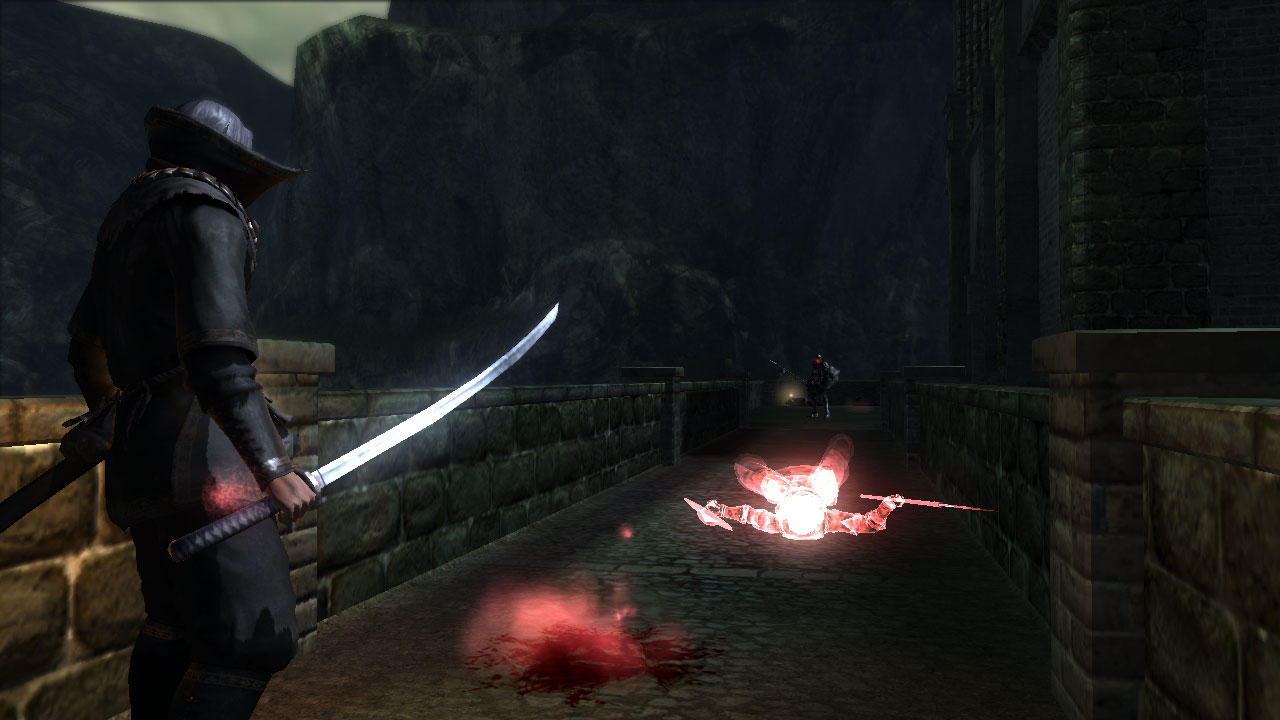
Blood spots were exactly as the one in the newer entries. You died, a puddle of sweet red blood appeared on the “same”—occasionally it bugged—spot you were beaten. By touching it, you recovered all of your souls—your in-game currency. The only actual difference in the series is found on Bloodborne. Sometimes you need to beat the enemy that killed you. In Demon’s, you could also touch another player’s bloodstain to “see” how he died. Messages used the same bloodstain mechanic, but maybe with more “vague” descriptions on them or with the same amount of trolling you know—“hit this not invisible wall,” “jump here and die, you gullible player.” Co-op and PvP are pretty much as you know them now. The main difference is the reduction of players in PvP (only one vs one) and there aren’t any covenants.
There was a substantial difference with how HP worked. When you died, your health bar was reduced in half. You respawned in “Soul Form”. How did you go back to your “Body Form”? Beating a boss, helping a player on co-op, or killing someone as a Black Phantom (PvP). You could also use an item called “Stone of Ephemeral Eyes.” Estus Flasks weren’t imagined yet. You had diverse types of “grass”—DS II tried something similar with the stones—and mana spices. Oh, yes, there wasn’t a predetermined number of times of you could use a spell. You only needed to restore your mana gauge and you could start shooting your Soul Arrow again.
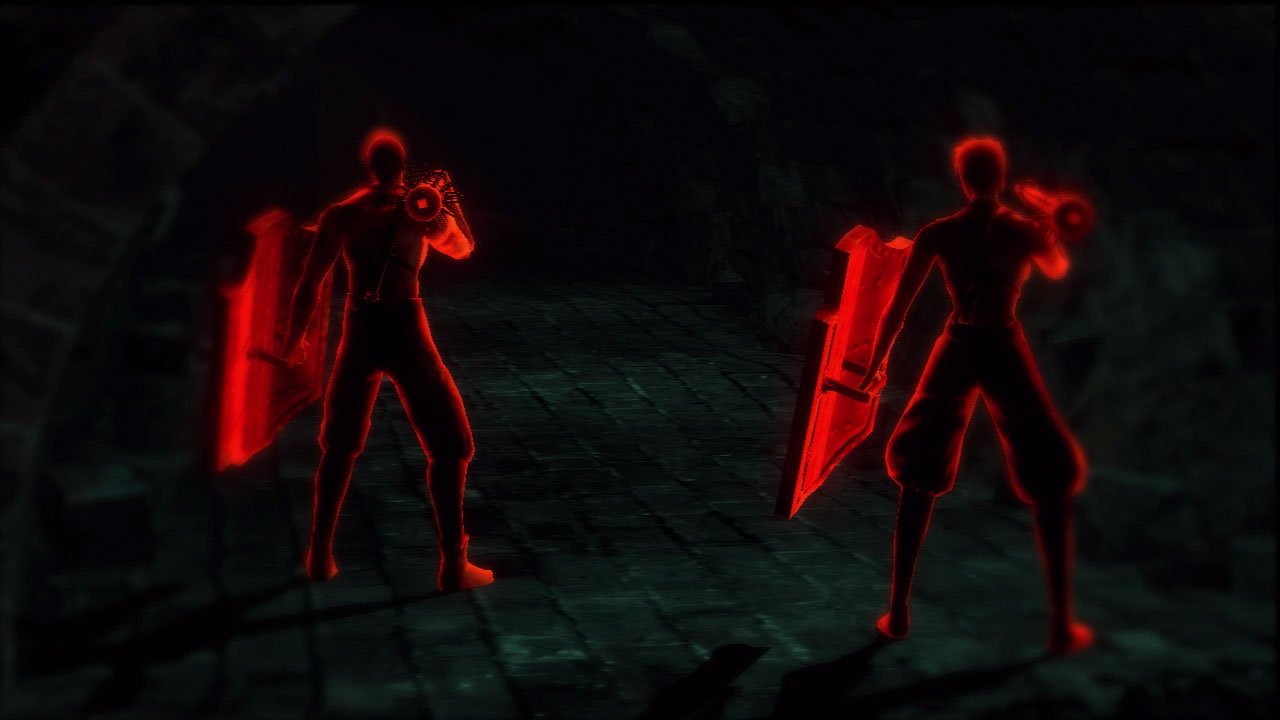
Plagio Di Plagio?
There are some good games which borrowed the formula and did their own thing. Salt & Sanctuary may be the best example, because it’s an adventure that screams “souls” everywhere but it embraces its inspiration and delivers a fantastic and original experience. Not only does the 2D setup feel refreshing, it has some unique features like customizing your own campsite, or having different currencies—salt and gold—used for distinct purposes that add to the general experience.
Another great example is Dead Cells, a title with a completely different objective and way of playing. When you die, you start from the very beginning but keep some special upgrades. Nevertheless, the heart of the combat and demanding difficulty flirts with the essence of the souls-like.
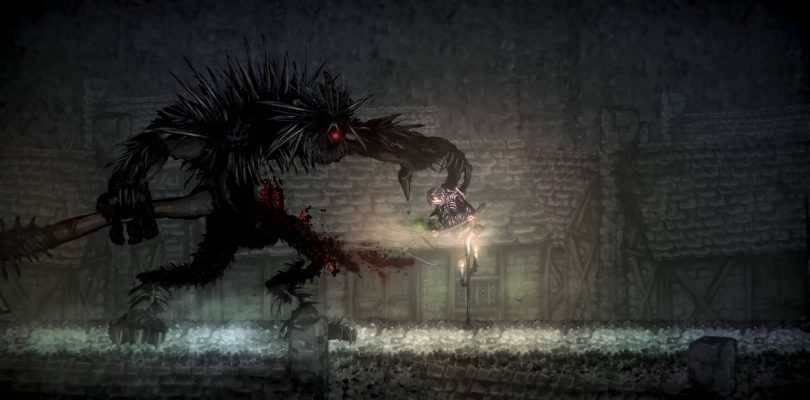
On the other side of the river, Sinner: Sacrifice for Redemption is a perfect example of a mediocre “copy-paste.” Sinner brings an exciting mechanic of sacrificing specific characteristics of your avatar. For example, reducing your health bar, items, adding exhaustion, etc. In addition, the title is a boss battler based on the first Dark Souls. The main problem is the lack of inspiration in, at least, half of the total bosses (eight). Even three of them are a complete ripoff from Dark Souls‘ bosses, even down to the exact same moves. With a combat system that isn’t as precise as it should be and music that could be much better, you have a big disappointment.
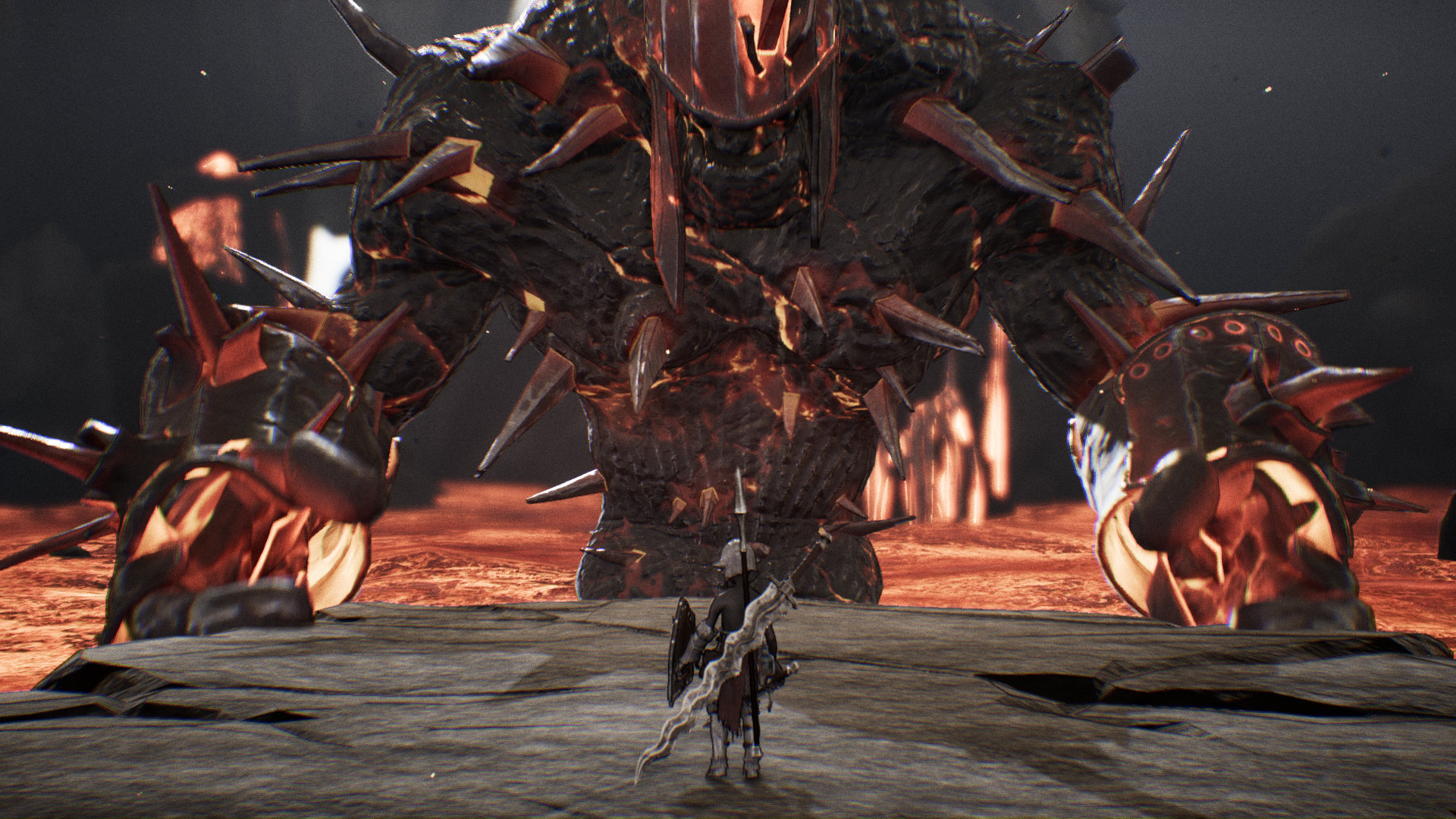
More to Come
These aren’t the only positive and negative examples of what Demon’s Souls has inspired among video game creators and designers. Also, they aren’t the last games we will have and we know it. There is just “something” so frustrating yet so addicting and gratifying in this genre. It will take a long time to become boring for fans, even if you are already fed up with reading “Dark Souls” in the internet. Let’s see if Sekiro adds a new exciting chapter on the book, or if it writes a new one.
